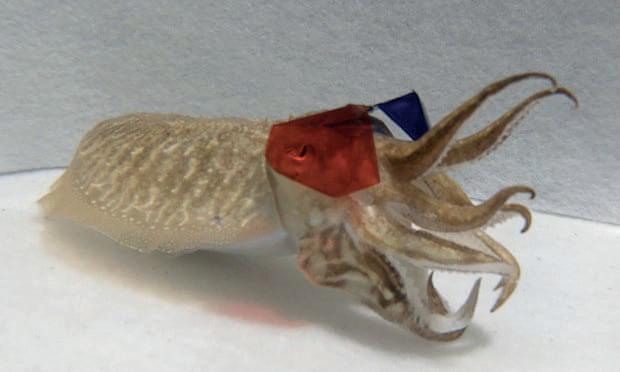
2 minute read
NEWS
THIRD RECEPTOR PIONEER TO SPEAK AT LR&T SYMPOSIUM

Advertisement
Prof Russell Foster will be among the speakers at the Lighting Research and Technology Symposium in June, the theme of which is Applying Light for Human Health. Foster is professor of Circadian Neuroscience and the head of the Department of Ophthalmology at Oxford University. He is also a Nicholas Kurti senior fellow at Brasenose College. He was instrumental in the discovery of the third non-visual photoreceptor in the eyes of mammals, the intrinsically photosensitive retinal ganglion cells (ipRGC).
Also in the line-up of speakers are Mariana Figueiro, Mark Rea, both of the Lighting Research Center in New York, and Arnold Wilkins, emeritus professor of psychology at Essex University. Other speakers include John Mardaljevic, professor of Building Daylight Modelling at Loughborough University, and John O’Hagan, head of the Laser and Optical Radiation Dosimetry Group at Public Health England. Florence Lam, global lighting design leader for Arup, and Peter Thorns, head of strategic lighting applications at Thorn, will also be in the line-up. The programme will include both presentations and panel discussions. Topics will include an overview of the relationship of lighting to human health and wellbeing, specific areas such as lighting for dementia sufferers, and an examination of the future of lighting for health.
The symposium will take place at University College London on 18 June. For more details, go to www.sll.org.uk
ON THE LIGHTER SIDE...

University of Minnesota researchers are determining how cuttlefish know how far away their prey is before launching their sudden attacks. It involves getting them to don 3D glasses and playing them 3D movies starring some appetising shrimp.
It was a tricky business, cuttlefish having eight arms to pull off the glasses and all, but the upshot is that cuttlefish, like humans, use stereopsis (computing distance by comparing how each eye sees objects in slightly different positions), but employ different neural circuitry to do so. The creatures were surprisingly cooperative, though Velcro and glue were alarmingly mentioned. ‘You’ve got to get in the mind of the cuttlefish and make them happy,’ research leader Dr Trevor Wardill told The Guardian.
DARK SKY PARK OFFERS GRANTS TO IMPROVE LOCAL LIGHTING
Northumberland National Park, part of the Northumberland International Dark Sky Park, is offering grants to local residents and businesses to improve their lighting and cut light pollution. The project is funded by energy snack company Clif, and forms part of its first round of conservation grants to national parks in the UK. Businesses and residents living in the park can apply for funding to help them adapt or replace any outside lighting that might be unshielded or too bright, and could be contributing to light pollution beyond their boundary. ‘It’s estimated that over £1bn is wasted in the UK through poorly installed, badly designed and inefficient outdoor lighting every year,’ said Duncan Wise, visitor development and marketing manager at NNP.
The Northumberland International Dark Skies Park has recently been credited with contributing more than £25m of dark skies tourism to the region.
• SLL members Kristina Allison and Katerina Konsta have both been awarded CEng • Current SLL president Jim Shove has become the 100th elected fellow of the SLL
• Application is now open for the 2020 SLL Jean Heap Bursary. The latest progress report of 2019 recipient Karen van Creveld is now available online:








